Fehu ᚠ (F, fuh) "wealth"
abundance, success, security, livestock
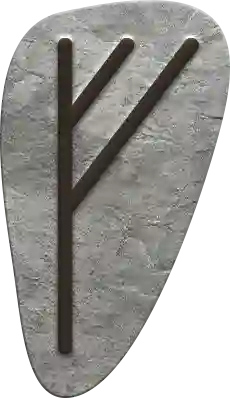
Uruz ᚢ (U, oo) "wild ox"
strength, speed, freedom, mass
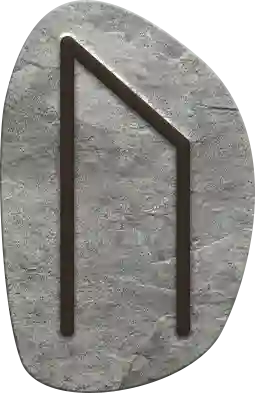
Thurisaz ᚦ (TH, th) "thorn"
defense, conflict, anguish, woman's plight
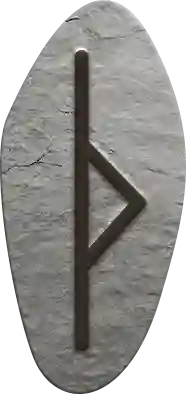
Ansuz ᚨ (A, ahh) "estuary"
mouth, meetings, brackish water, transitions
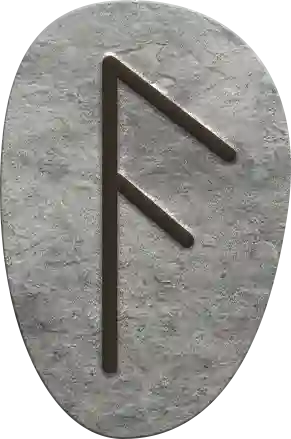
Raidho ᚱ (R, ruh) "ride"
travel, journey, craftsmanship
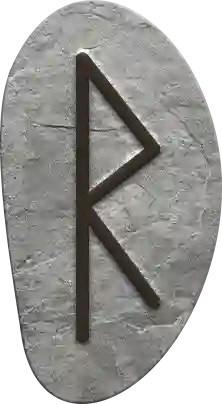
Kenaz ᚲ (C/K/Q, kuh) "ulcer"
pain, anxiety, embarrassment, fire
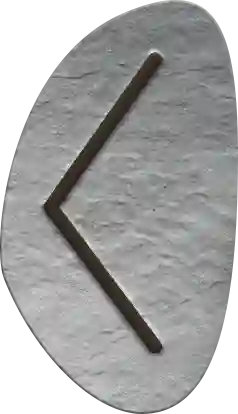
Gebo ᚷ (G, guh) "gift"
balance, exchange, welfare, generosity
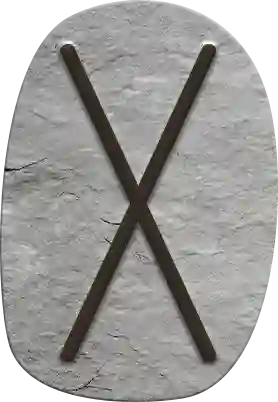
Wunjo ᚹ (V/W, wuh / vuh) "joy"
bliss, comfort, happiness, glory
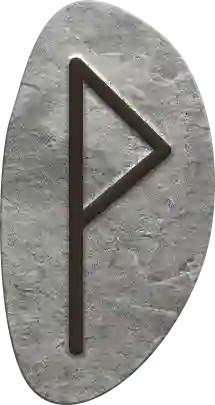
Hagalaz ᚺ (H, ha) "hail"
destruction, wrath, battle, obstacles

Nauthiz ᚾ (N, nuh) "need"
trouble, endurance, constraint, fate
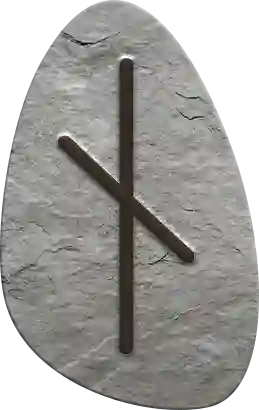
Isa ᛁ (I, ee) "ice"
warning, binding, advice
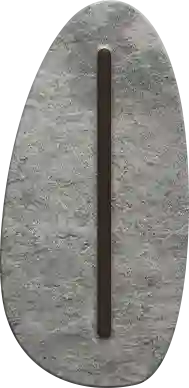
Jera ᛃ (J/Y, juh / yuh) "harvest"
prosperity, plenty, good year
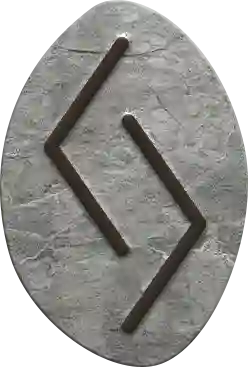
Eihwaz ᛇ (EI, eye) "yew"
strength, guardianship, longevity
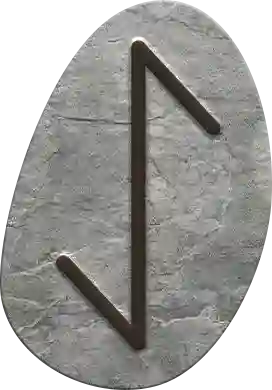
Perthro ᛈ (P, puh) "unknown"
mystery, unknown, female fertility, earth

Algiz ᛉ (Z, zuh) "elk"
protection, defense, guardianship
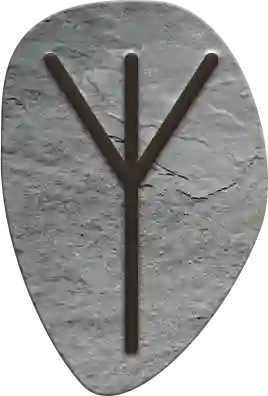
Sowilo ᛊ (S, suh) "sun"
health, life, guiding light
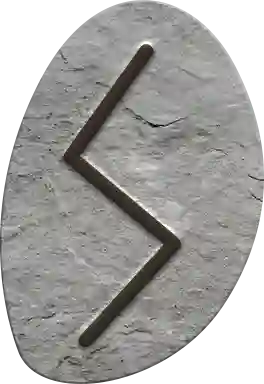
Tiwaz ᛏ (T, tuh) "triumph"
victory, optimism, nobility, guidance
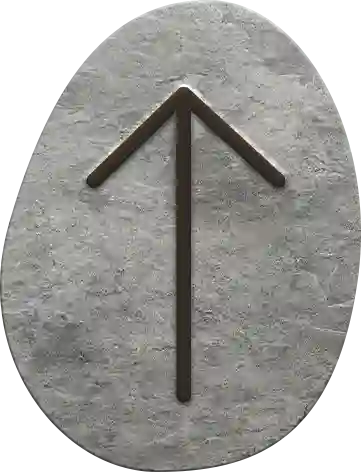
Berkana ᛒ (B, buh) "fertility"
youth, vigor, beauty, femininity
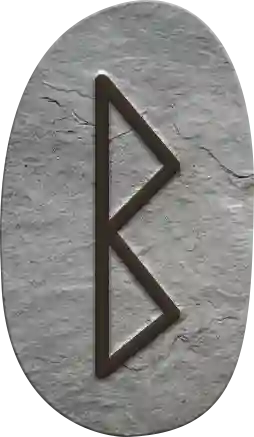
Ehwaz ᛖ (E, ai / eh) "horse"
transportation, movement, virtue

Mannaz ᛗ (M, muh) "man"
individuality, society, cooperation, help

Laguz ᛚ (L, luh) "water"
emotions, flow, renewal, life

Inguz ᛜ (NG, ing) "peace"
masculinity, heroism, pleasure
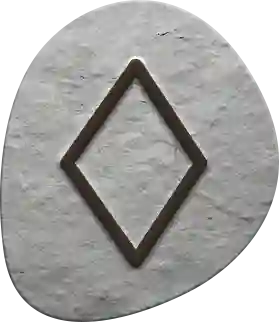
Othala ᛟ (O, oh) "inheritance"
ancestry, possessions, experience, value
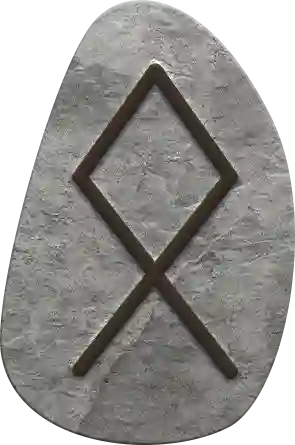
Dagaz ᛞ (D, duh) "day"
awakening, security, dawn
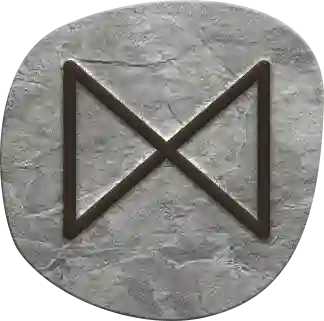
Elder Futhark Runes: The Ancient Alphabet and Their Meanings
The Elder Futhark, also known as the Proto-Germanic runic alphabet, is the oldest known form of runic writing, dating back to at least the 4th century CE. Its name derives from the first six runes in the sequence—f, u, þ, a, r, and k—whose combination creates the sound “Futhark.” Comprising 24 unique symbols, the Elder Futhark is often divided into three groups, or ættir, and holds significant cultural and spiritual meaning tied to ancient Germanic and Norse traditions.
The Elder Futhark’s earliest recorded use dates back to around 400 CE, primarily carved into wood, stone, and metal. This line-based system was not only a practical script but also a symbolic tool for invoking protection, blessings, or other spiritual intentions. Over time, these runes became deeply interwoven with the beliefs and mythology of the Germanic peoples.
The meanings of the runes are traditionally interpreted through ancient rune poems, with the Anglo-Saxon poem being the most widely referenced. However, the Anglo-Saxon interpretations often carry Christian influences, which can deviate from the pagan roots of the Elder Futhark. For a more comprehensive understanding, many modern enthusiasts and scholars draw on a blend of the Icelandic, Norwegian, Swedish, and Anglo-Saxon rune poems, acknowledging the absence of an original Elder Futhark poem.
Notable Runes and Their Meanings
Although no Elder Futhark poem survives, isolated inscriptions and linguistic evidence provide insight into their meanings. Some notable examples include:



 lathu: means invitation or invocation, calling upon the gods
lathu: means invitation or invocation, calling upon the gods





 laukaz: means leek
laukaz: means leek



 hagalu: means “hail stones”, a destructive natural force
hagalu: means “hail stones”, a destructive natural force


 alu: subject to much debate, alu is often translated as magic, but it has connections to the Nordic/English word ale and likely can be placed in the realm of an intoxicating or mind-expanding state (like hallucinogens); possibly related to the Algiz
alu: subject to much debate, alu is often translated as magic, but it has connections to the Nordic/English word ale and likely can be placed in the realm of an intoxicating or mind-expanding state (like hallucinogens); possibly related to the Algiz  rune
rune
These words often appear in isolation on amulets, weapons, and other artifacts, suggesting their use in magical or spiritual contexts.
The Eolh Rune: Protection or Warning?
The Eolh rune, associated with sawgrass (a sharp-edged marsh plant), exemplifies the duality of nature. Its Anglo-Saxon name links it to both protection and danger. In Alaric Albertsson’s Wyrdworking: The Path of a Saxon Sorcerer, Eolh is seen as a protective force for marshlands, but others interpret it as a warning against the dangers of wild, untamed places. This complexity highlights the nuanced meanings of Elder Futhark runes, where a single symbol can encompass both peril and safety.
The Elder Futhark remains a focus of fascination for modern practitioners of Norse paganism, divination, and historical studies. Runic inscriptions like tilarids (“goal rider”) and aisgzh (“hail seeker”) demonstrate their use in both practical labeling and spiritual invocation. These runes are often employed in modern divination, with interpretations rooted in historical, linguistic, and cultural research.
The Elder Futhark is more than an ancient alphabet; it is a bridge to a worldview that revered the interconnectedness of humanity and nature. Through these symbols, we glimpse the beliefs and values of the Germanic and Norse peoples, whose traditions continue to inspire spiritual and historical exploration today.
